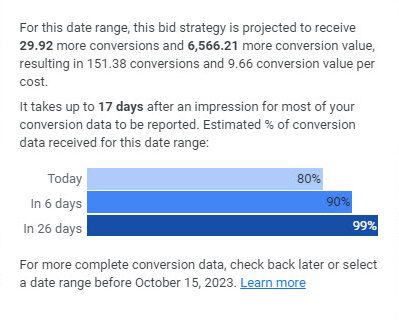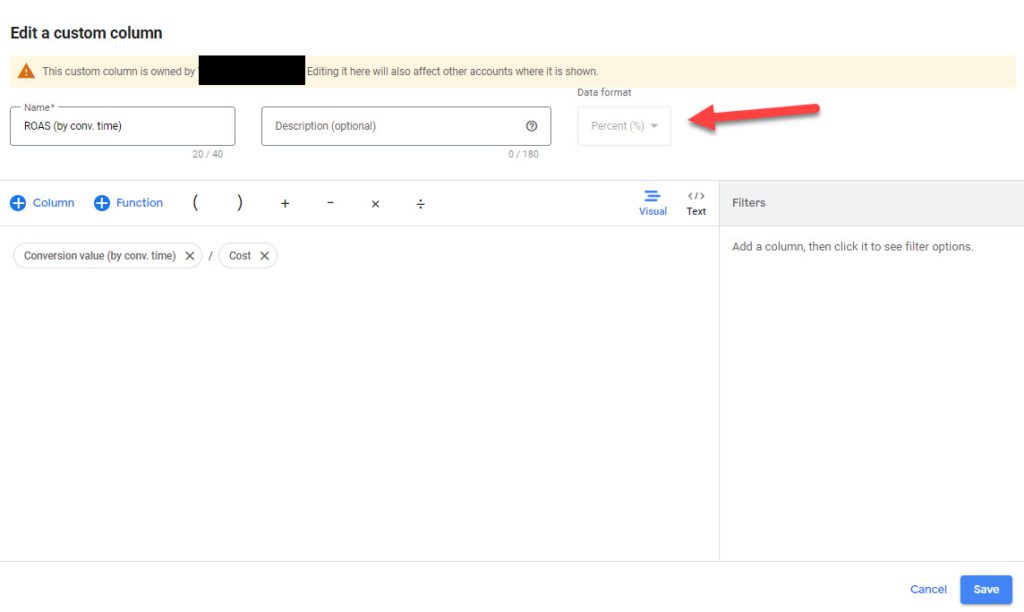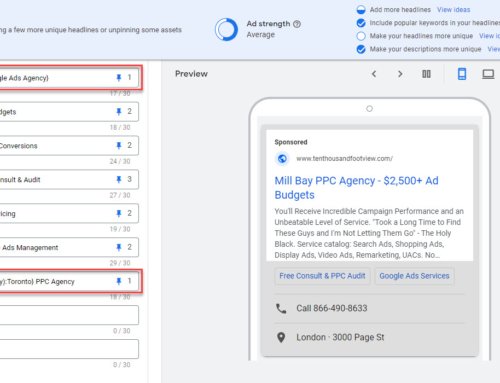A few years back, Google introduced non-last-click attribution models. Effectively, this meant we could optionally track conversions across visitors’ multiple sessions.
The new list of attribution model options included:
- last click (pre-existing)
- first click
- linear
- time decay
- position-based
- data-driven (only available to high conversion volume accounts)
This immediately led to confusion, inconsistent tracking strategies, and problems with delayed conversion reporting. Over time, Google relaxed the qualifications for data-driven attribution, made it the default option, and started “upgrading” Google Ads automatically… you had to jump through some hoops to stop this from happening.
The Current State of Attribution Models
More recently, Google nixed all attribution models except for last click and data-driven. This is helpful, as it simplifies tracking for everybody.
In addition, with GA4 using data-driven attribution as the default, any synced conversions in Google Ads now automatically use data-driven, overriding last click if that’s what you have set manually. At this point, we have about 95% of our clients using data-driven attribution. There are a few hold-outs but that won’t last for much longer.
I believe data-driven attribution is a much more robust way to track conversions. It accounts for many scenarios that “last click” doesn’t. For example, it covers cases where somebody clicks through an ad and later returns through organic search. It also automatically distributes value across multiple ad clicks, this is very helpful for tracking early upper-funnel ads and keywords.
If there’s a major knock on data-driven attribution, it’s simply that the method lacks transparency. I am pretty sure that first and last clicks get more value, and clicks that generate more engagement (e.g. multiple page visits, more time on site, actions on site) also get more conversion love. This may have been studied in the wild, although I’m not aware of anything being circulated.
Outside of that issue, there is one more major problem with data-driven attribution.
Delayed Conversion Reporting
Businesses where a high percentage of conversions require multiple visits mean Google Ads reports will have conversion reporting lag. This is because conversions are attributed to the original click date, not the conversion date. And while this is perfectly logical, it means that looking at recent conversion data will tend to under report compared to real pacing.
To combat this, you should try to review longer look back periods. For example, if it typically takes a 26-days to get in 99% of your conversions, you need to take that into account when looking at a more recent date range. Note that Google reports estimated lag time at the campaign level, just highlight over the conversions or CPA numbers (that include a dotted underline), for example:
Importantly, this can be a big issue with producing reports immediately following a weekly or monthly cycle. Always be aware of this and qualify your data. Just as important, always consider the delay when performing optimization.
“By Conv. Time” KPIs to the Rescue
Thankfully, Google introduced 3 new conversion KPIs (and their “all conversions” equivalents) at the end of 2019. These are Conversions (by conv. time) , Conv. Value (by conv. time), and Value / Conv. (by conv. time). If you experience more than a couple of days and few percentage points lag, these KPIs can help tremendously.
Just as it suggests, these conversion numbers are based on the conversion date rather than the click date. And these are exactly the numbers you should be checking for pacing recent performance and for optimizing campaigns. At my agency we also include these in our reports to avoid indicating incorrectly that performance had declined virtually every month.
One other thing I suggest for anybody tracking conversion value, is to add a custom variable for ROAS (by conv. time). Here’s what that looks like:
Note that we use percent (%) here but you could use the default number option if you prefer.
Having the ROAS (by conv. time) saves you from manually doing the calculation in your head or with a calculator. And, it’s a brilliant number to include in all of your reports if you’re an e-comm.
Summary
Conversion tracking has become more complex over the years, particularly with the advent of data-driven attribution. If you have conversion lag you really need to consider using “by conv. time” KPIs to help you understand recent performance and for campaign optimization.







